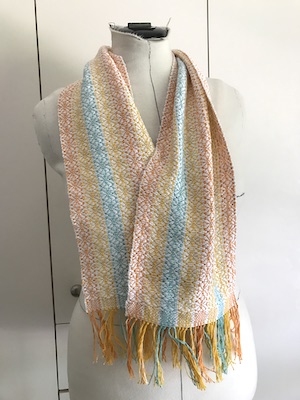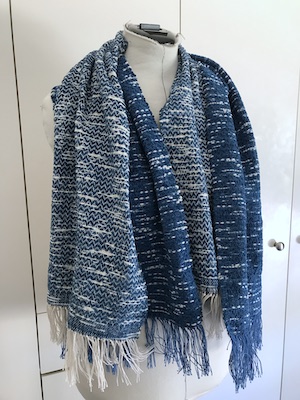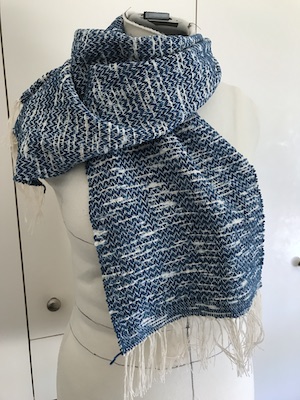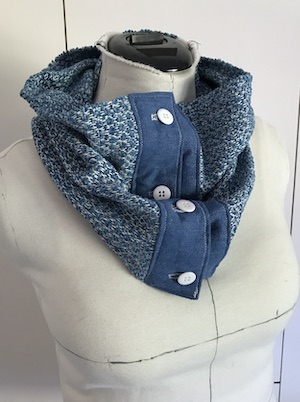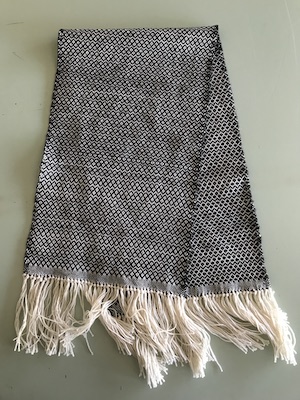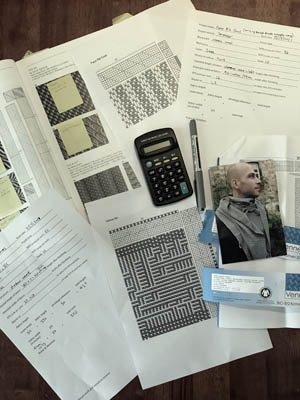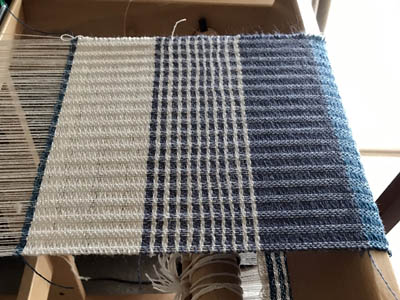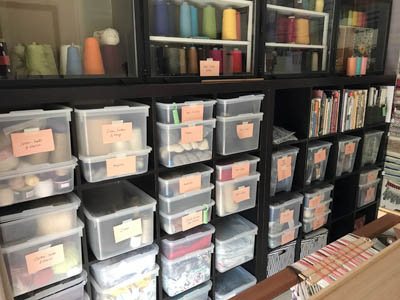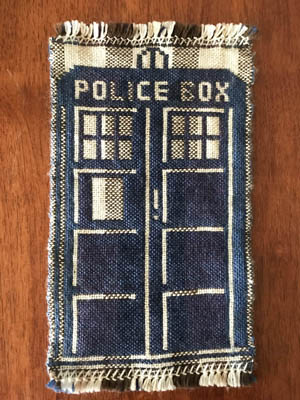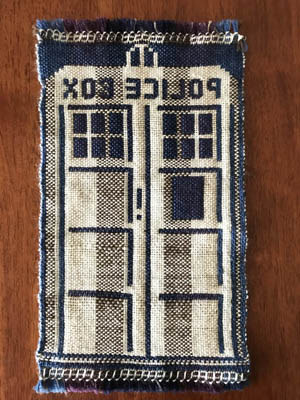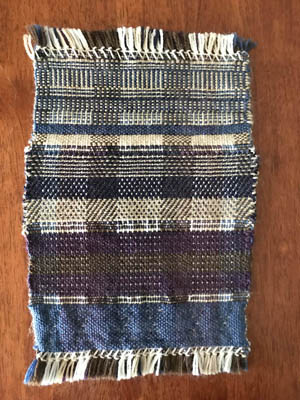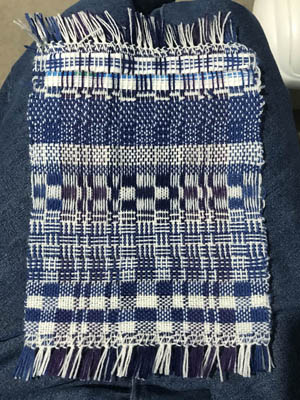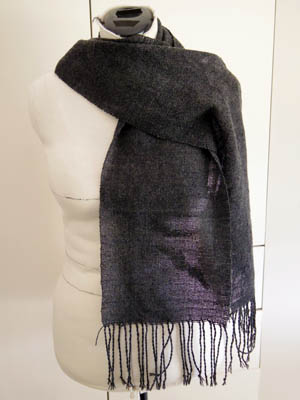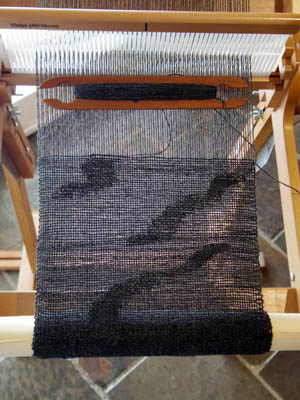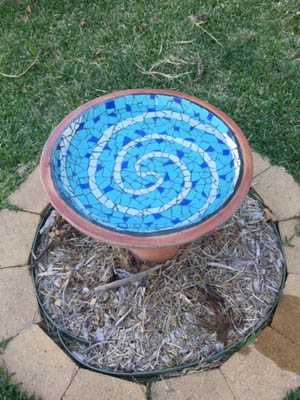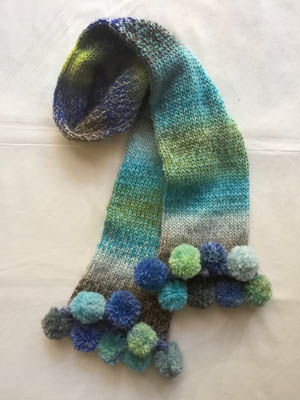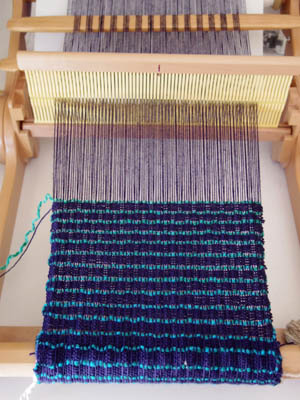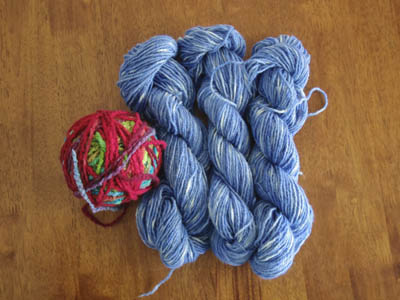Having gone through my stash spreadsheet to note the yarns that were more than ten years old or were bought second hand, I figured I should examine them in person before deciding whether to use or cull them.
First I said ‘hello’ to a few cones of 16/2 cotton bought new in 2008. We’d been reacquainted recently for Mum’s tea towels and the Little Puffy Clouds fabric. I see myself using them. They can stay.
Next I surveyed the cottons and muttered “What’s with all the yarn for baby blankets?” Most of my friends are way beyond having babies, and while I could sell blankets through the guild I have more exciting things to weave. I’ve adopted waaaay too many possible baby blanket yarns at destashes and op shops, and even new last year. Most of it will be culled.
I have a multitude of cone yarns bought second hand. Most are worth keeping, but I found two small ones of cabled yarns, which is puzzling, since they just don’t play nicely as warp (unravelling fringes) or weft (hard to deal with the ends tidily) have got to go. Don’t know what I was thinking the day I picked up those. Out they go.
Discovering that most of my Bendy Classic 3ply is from 2007 or 2008 was a surprise. It’s a staple weaving yarn, and would only take a couple of projects would use it up. Possibly in the next weaving course samplers.
As I beheld the sock yarn stash, I heaved a melancholy sigh. Most are nine years old. I SO loved knitting socks before rsi came along. I keep telling myself I’ll get the Passap knitting machine going again and remind myself how to knit socks on it… when I don’t have more exciting things to weave. Still, it does make nice scarves so I’ll be keeping most of it, though I do wonder if I’ll ever get around to dyeing that 1 kg batch of sock blank.
Next ‘Hmm’ moment was the mystery yarn for weaving a collapse weave shawl that was supposed to be super stretchy, but isn’t. I think it’s just lace weight. I don’t know if it’s wool or not, so it’s going in the cull pile.
The big batch of Bendigo Luxury 3ply in navy is nine years old. I was going to make a cardigan on the Passap. Really, if I’m not getting around to making socks it’s even less likely I’ll tackle a cardigan. But it is nice yarn and a shawl I spotted in a book the other night has given me an idea.
To the old, slightly very dark brown bulky wool I said “Maybe your role in life is to be rug yarn”. Out of one stash and into another, then.
Uncertainty kicked in when I got to the knitting yarns. I went through them twice. They all whisper ideas for Bond machine knitting, some even have printed patterns with them. I do like to use the Bond, and I might need something other than weaving to do soon, as the loom room is going to be emptied and painted soon.
But the mustard-coloured 8ply should probably go, as it’s so not my colour. I could dye it, though. Well, it’ll be a while until I can find homes for the yarn, so it can sit with the culled yarns and if I get interested in dyeing I’ll sling it in a pot and see what happens.
Post-cull, the stash is 3 1/2 kilos lighter, and a little less deluded, indulgent and potentially decrepit. I only wish it was that easy for me!
